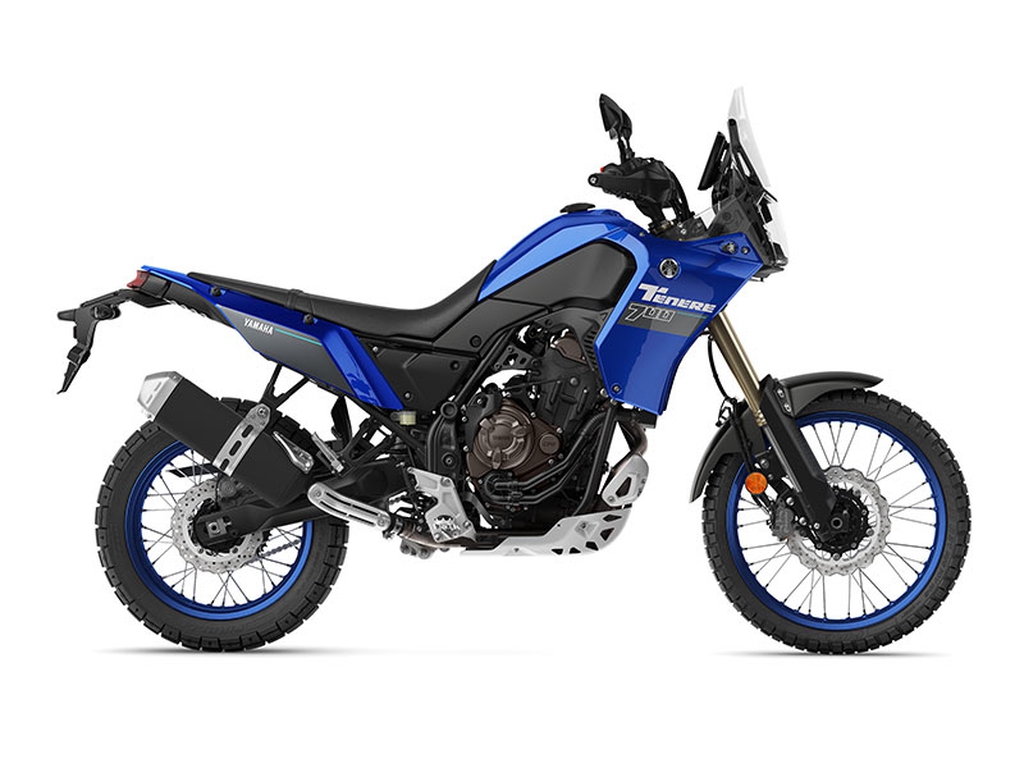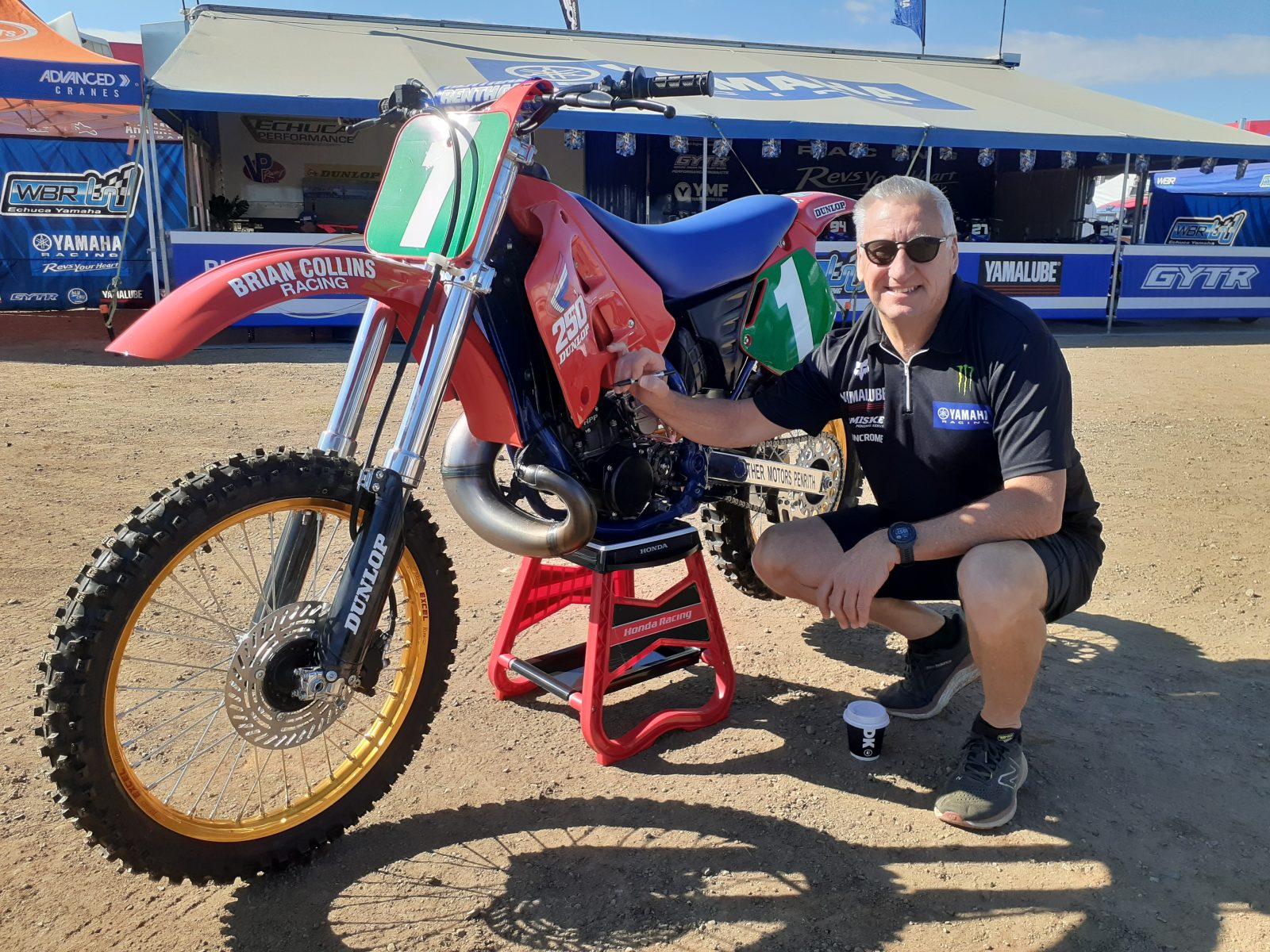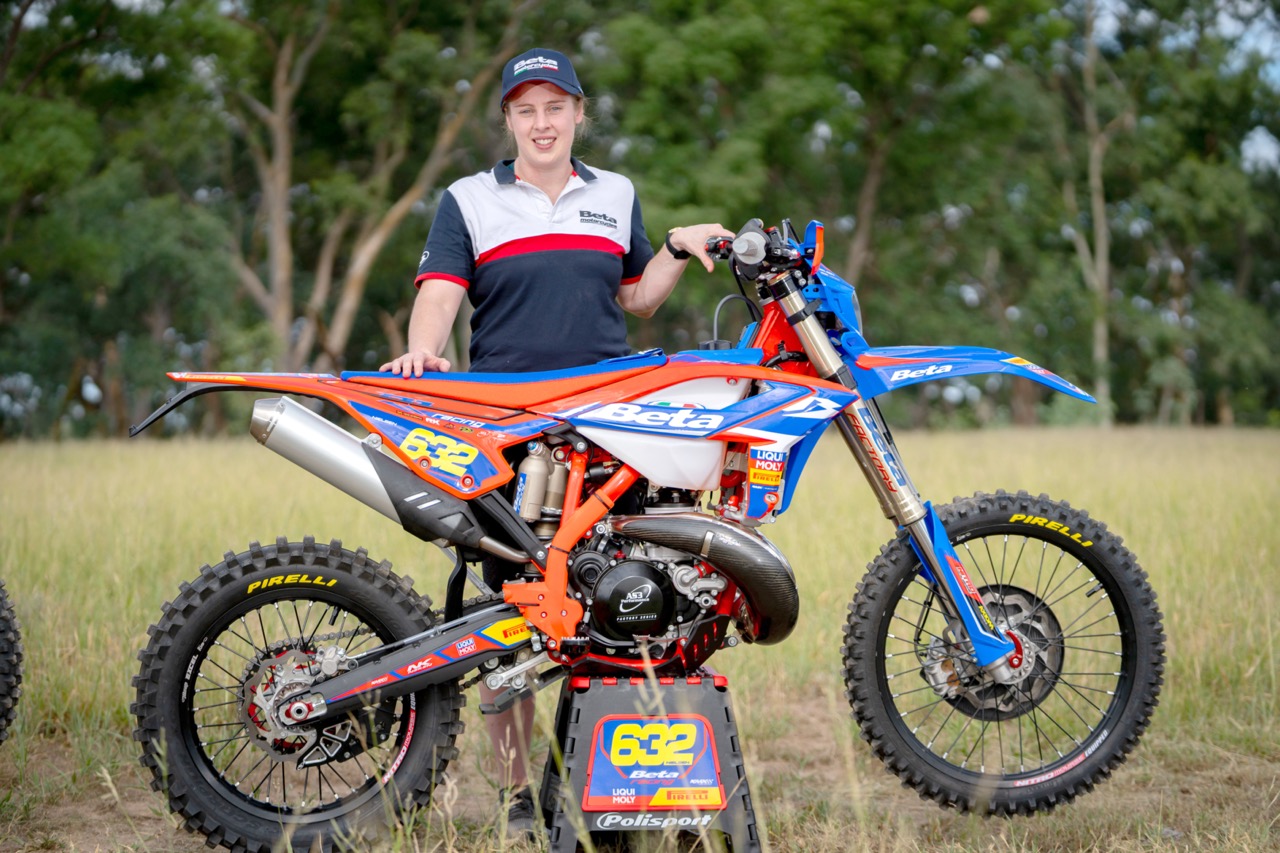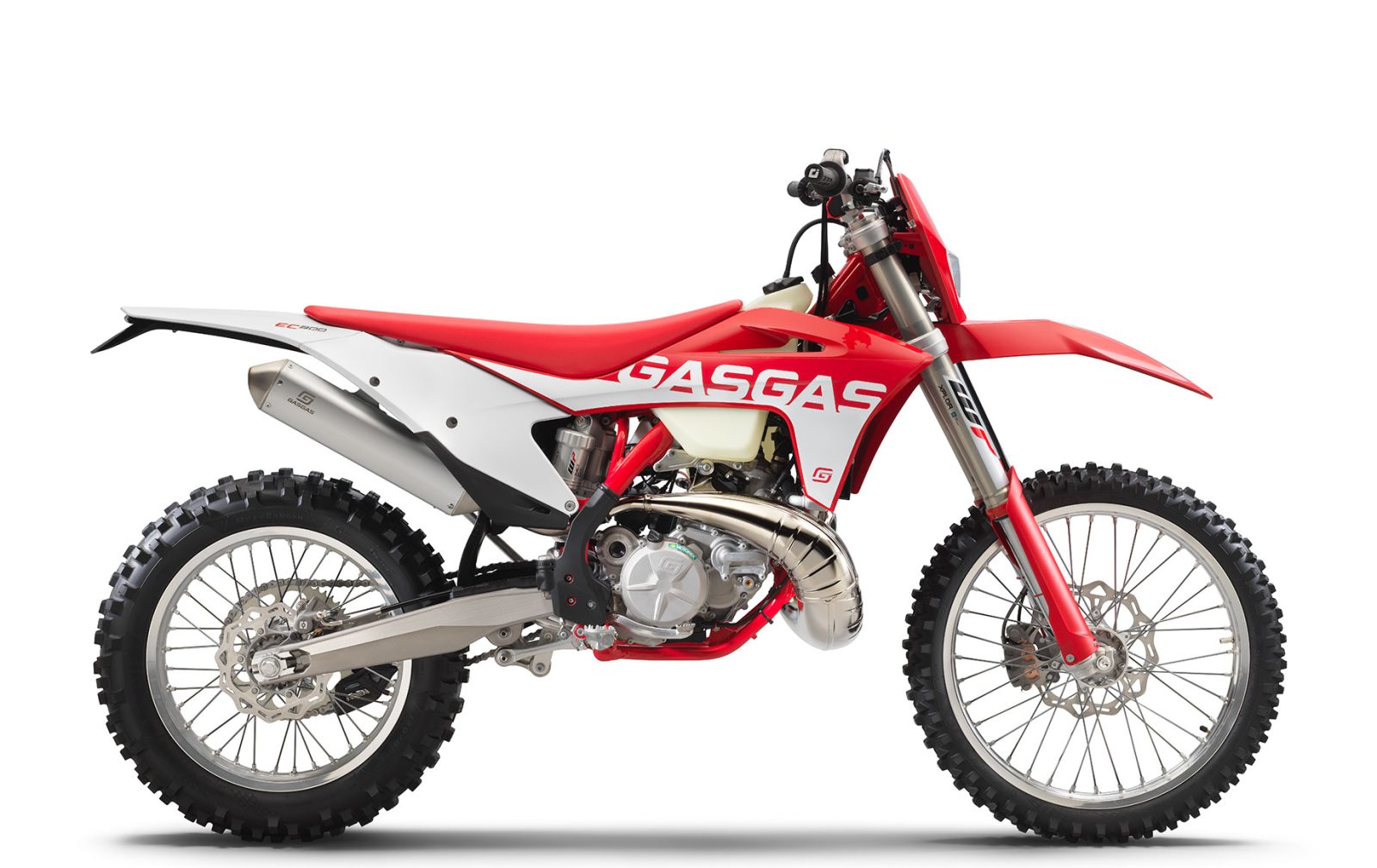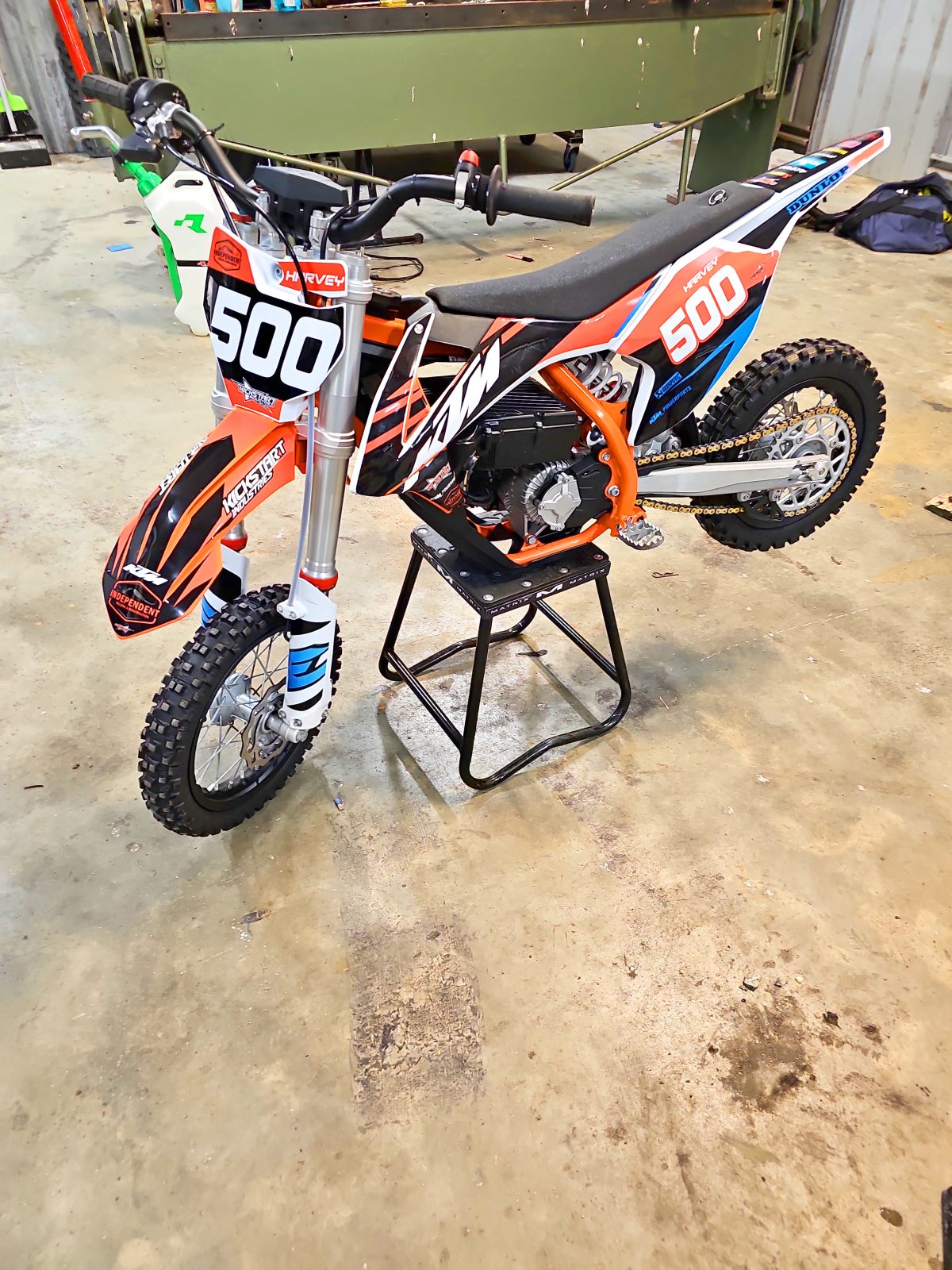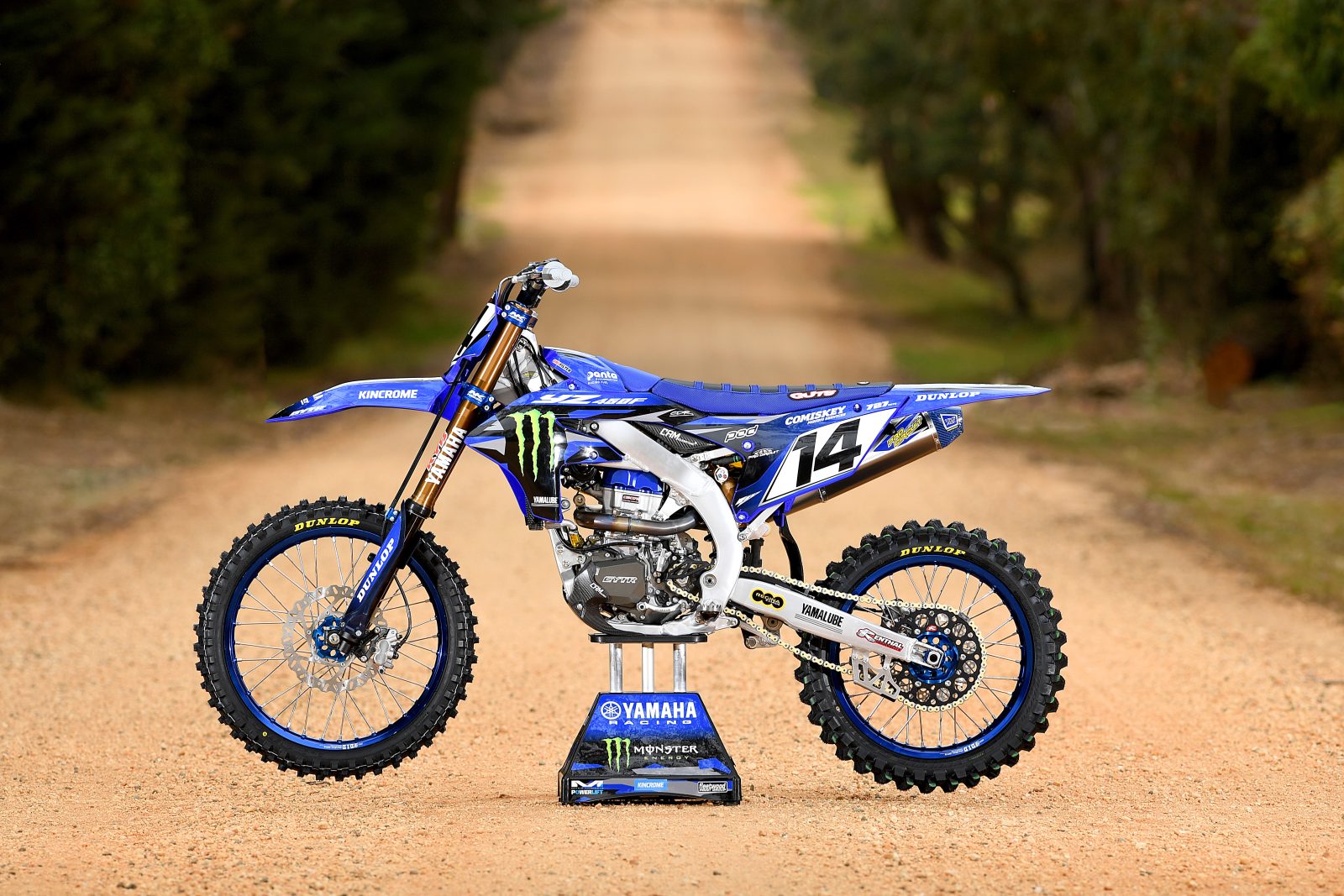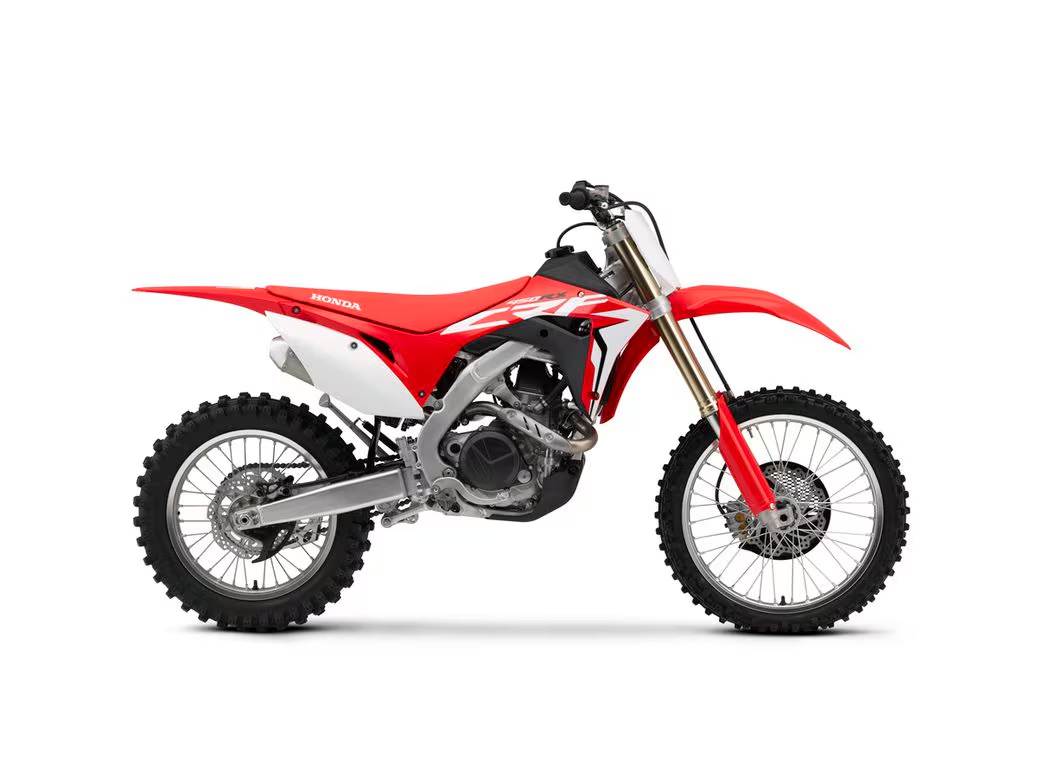Maybe it’s because what was expected and what was delivered differed in so many ways. In fact very little was shared between the factory bikes of Gaston Rahier and Hau and the model offered to the public.
Each had a horizontally-opposed or boxer engine but the Paris Dakar was 800cc while the race bikes were a full litre and engine width was greater on the stocker as well at 750mm. The cut outs in the tank to accept a riders’ knees were too short and all the testers’ knees were out in the breeze. This may have been the same as the factory bikes as Belgian Rahier was about 5 foot nothing in high heels and a top hat.
Suspension travel was shorter and not particularly effective, weight was greater, ground clearance was less and the brakes were a bit suspect as well. All in all, the bike did not impress ADB’s testers. BMW’s own literature was quoted: “BMW offers the motorcyclist yearning for adventure a chance to shake off excess weight and get moving at last. This is a big-engine model but with the weight of a far less powerful machine”. ADB summarised that with: “In other words you’re looking at a big-capacity touring bike that isn’t as bad in the dirt as a multi-cylindered Japanese sports bike. No more, no less. As far as ADB is concerned though the BMW doesn’t fit into any real off-road situation at all. It’s too big, too wide, too heavy, too clumsy and too poorly suspended to appeal to a dirtbike rider.” Those last three words may well sum up why it failed to impress.
The year was 1986 and the adventure bike thing was yet to happen. BMW was selling a bike for road riders who wanted to look like a Paris Dakar rider, but not necessarily go onto anything rougher than a well kept freshly graded dirt road. When tested on the tar, the BMW received a much better response from GE, Clubby and Barry Ashenhurst but they weren’t really suggesting it as the pick of the bunch for long distance rough road touring. In fact it was listed as the fifth choice after the Suzuki Dakar, Yamaha Tenere, Cagiva Elefant and Honda XLV750 although it was said to be impressive on long road rides, being smooth at high speed and holding 160 km/h easily.
Summing up it was decided that if you wanted a bike that could link two stretches of tar joined by a short section of dirt then the BMW Paris Dakar was probably the most preferable of the road bikes available. If you wanted a road bike that looked like a dirtbike then it was definitely the choice for that job but it wasn’t a bike that could be called good in the dirt.
A common theme throughout the test in ADB #88 was that the testers were expecting more from a brand with the reputation BMW had and were disappointed at the reality. Ashenhurst perhaps put it best: “I was looking forward to it, but in my opinion the bike will only appeal to those with a taste for costly eccentricity. The bike is poorly conceived, but worse than that it was conceived by engineers with a reputation for better things.”
Warren Jack
This feature is from issue #440 of ADB.
